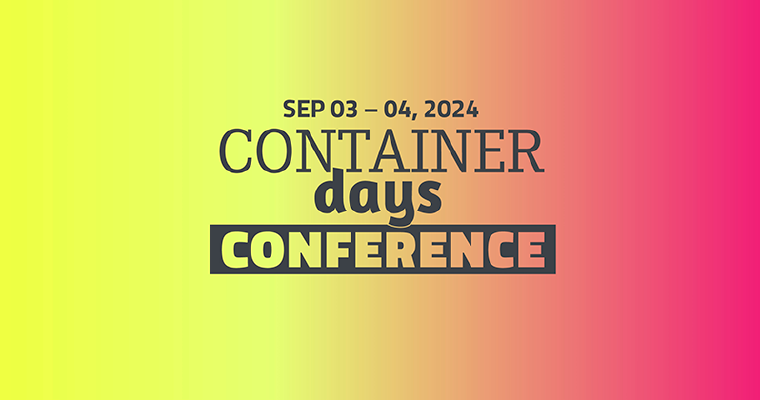Kubernetes is a cloud-native open-source system for automating the deployment, scaling, and management of containerized applications. It is often employed to automate applications used for running businesses or as a system to manage application products. Kubernetes is widely adopted and has a largely positive reputation among companies and developers. In this guide, we’ll look at the Kubernetes ingress controllers, the workhorse of Kubernetes routing. We’ll go over what they do and how to use them, and explore k8s Ingress.
What Is Ingress?
Ingress is a relatively new feature to Kubernetes that is gaining popularity because of its usefulness. It enables developers to allow outside users to send requests to services that you have running in Kubernetes. Normally, doing so is not possible since Kubernetes protects your clusters from external traffic.
Background
Kubernetes is an open-source system for managing clusters of containerized services. These processes can be anything from worker roles on your computer to entire applications, depending upon how you want them set up! It is not uncommon for a service to include pods on multiple servers in different locations that do related tasks and help each other reach a desired goal. When you set up this service, you can send requests to it and receive the results when it is done.
Normally, using a service would require a connection to your Kubernetes cluster to access it, which isn’t possible for outside users under normal circumstances. Ingress addresses this problem.
How Ingress Works
Ingress creates a resource that is exposed to the outside world and connected to your Kubernetes cluster. When someone wants to use your service, they send a request to the ingress, which then pulls it into the cluster and routes it to the service.
This is very similar to how an API works, but ingress helps keep your Kubernetes clusters safe by limiting their exposure to outside resources and services. Every ingress consists of the resource it creates, and a set of rulers uses the ingress controller to route incoming traffic.
Why Is Ingress So Important?
Ingress is important because it renders your apps usable by outside resources without exposing them to potentially malicious outside traffic. The apps that you build are meant to be used by other systems, but the way that Kubernetes functions makes that difficult without potentially exposing everything to risks. Ingress bridges the gap between exposure and security by giving that traffic a way in without leaving the gates fully open. It is much easier to implement security on this one inlet than the entire app.
Ingress also gives you more detailed control over how other systems access your services. Ingress controllers use a set of rules that you set up in a YAML file to determine how traffic is routed. When done right, you can grant access to multiple services based on how the ingress is accessed or a specific service under specific conditions.
What Are Ingress Controllers?
An ingress controller is, in a nutshell, a load balancer that lets traffic into your Kubernetes cluster with a set of rules to route the traffic. When used, all traffic through the ingress goes through the ingress controller. The controller listens for specific conditions and cues, then processes that connection based on your established rules.
In essence, the ingress controller is the most essential part of your ingress implementation. It gives you control and lets you manage the use of your services and resources to improve performance. It may technically be possible to establish an ingress without a controller, but the lack of control would mean that you cannot dictate how your service is used once the connection is made.
Ingress Controller Types
Ingress controllers have multiple forms. These include third-party options, like NGINX, which streamline the process and make it easier to use. These ingress controllers handle all aspects of ingresses so that setting them up and using them is easier. However, you can do all of this yourself without a controller.
Using a controller is likely the better option in a multi-person development environment due to the increased reliability and standardization that you get from implementing a common system.
How Ingress Controllers Work
Kubernetes ingress controllers are Kubernetes resources that handle HTTP traffic and direct it to an appropriate backend, such as an application server. Ingress controllers are responsible for creating reverse proxies and forwarding requests to the applicable service. They use a variety of health checks to ensure that requests are correctly routed. The most common type of ingress controller is a NodePort, which exposes a node’s port on the host machine so you can access it from outside the cluster.
Use Cases for Ingress Controllers
Ingress controllers streamline the creation and management of an ingress, which is beneficial when multiple developers are involved in the process. There are several ways you can use the controller to manage routing to services.
Give Access to Services Securely
Ingress controllers create a connection to your services through HTTP and HTTPS routes rather than allowing a direct connection. This lets you set up the best route for your needs and seal off all other possible options.
Create Access Routes for Multiple Services
Since you have control over the route to a service, you can set up the criteria for accessing it. That means that you can route traffic based on certain conditions and route traffic to different services accordingly. Rather than having many open connections to access your app, which makes security and load balancing difficult, you can have one route that changes based on certain conditions to get traffic where it needs to go.
Streamlining Complicated Ingress Process Management
Managing access to multiple services on your app can be complex. Using an ingress controller makes the process much simpler. It brings all of the processes into a single system, making it easier for you to manage access for multiple services in less time and with less hassle. This can make a considerable difference in performance and management costs for large-scale systems.
Start Using Ingress in Kubernetes
Kubernetes ingress controllers are an important part of your Kubernetes infrastructure and help provide secure access to your Kubernetes clusters and applications. There are several ways to achieve similar results through Kubernetes, but ingress is quickly becoming the leading option for this sort of service access.
Ingresses are the keys to adding third-party resources to your apps without compromising security. It is worth the time and effort to learn to use ingress effectively since it can significantly impact the functionality of your next project.




